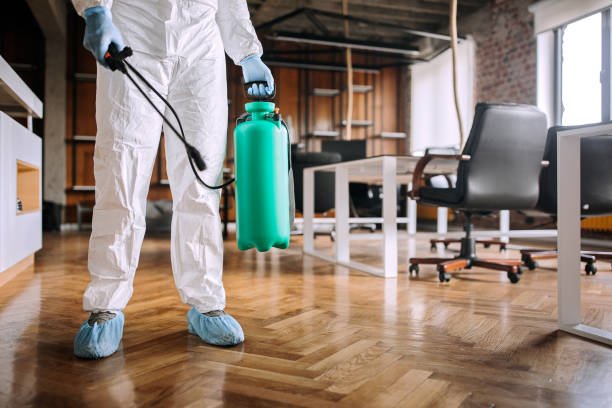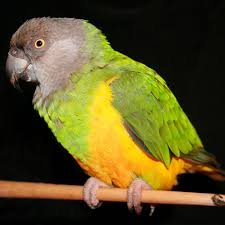Bed bugs are tiny, blood-sucking insects that can wreak havoc in your home, leading to sleepless nights and discomfort. Understanding how to conduct a proper bed bug inspection is essential for anyone who wants to maintain a pest-free living environment. This comprehensive guide will walk you through the signs of an infestation, how to conduct your own inspection, and when to call in the professionals.
What Are Bed Bugs?
Bed bugs (Cimex lectularius) are small, brownish insects that feed on the blood of humans and animals. Adult bed bugs are about the size of an apple seed, making them difficult to spot. They are most active at night, which is why they often go unnoticed until the problem escalates. Bed bugs can hitch a ride on clothing, luggage, and used furniture, making them a common pest in homes, hotels, and public places.
Signs of a Bed Bug Infestation
Recognizing the signs of bed bugs early can save you from a larger infestation. Here are some common indicators:
- Bite Marks: Bed bug bites usually appear as red, itchy welts on your skin. They often occur in clusters or lines, which can help distinguish them from other insect bites.
- Blood Stains: You may notice small blood stains on your sheets or pillowcases. These occur when bed bugs are crushed after feeding.
- Fecal Spots: Dark, rusty spots on your mattress or bedding may indicate bed bug droppings. These spots are a sign of an infestation.
- Eggs and Shells: Bed bug eggs are tiny, white, and about the size of a pinhead. You might also find shed skins, as bed bugs molt several times before reaching adulthood.
- A Musty Odor: A strong, unpleasant odor can be a sign of a significant infestation. Bed bugs release pheromones that can create a musty smell in heavily infested areas.
How to Conduct a Bed Bug Inspection
Step 1: Gather Your Tools
Before you begin your inspection, gather the necessary tools:
- Flashlight: A bright light will help you see into dark crevices and corners.
- Magnifying glass: This can help you spot small bugs and eggs.
- Plastic bags: Use these to collect any items you may need to dispose of or treat.
- Gloves: Wear gloves to avoid contact with bed bug feces and body parts.
Step 2: Inspect Your Sleeping Area
Start your inspection in your bedroom, focusing on the areas where you sleep:
- Mattress and Box Spring: Remove all bedding and thoroughly inspect your mattress and box spring. Check seams, folds, and any cracks where bed bugs might hide.
- Bed Frame: Examine the bed frame, headboard, and footboard. Look for any signs of bed bugs in the joints and corners.
- Nightstands and Furniture: Empty drawers in nightstands and dressers, inspecting each for signs of bed bugs. Check behind and underneath furniture as well.
- Baseboards and Carpet: Bed bugs can hide in the crevices of baseboards and in carpets. Use your flashlight to look closely at these areas.
Step 3: Check Other Areas of Your Home
If you suspect a larger infestation, check other areas of your home:
- Couches and Chairs: Inspect cushions and under cushions for signs of bed bugs. Pay attention to the seams and fabric folds.
- Luggage and Bags: If you’ve traveled recently, check your luggage and bags for any signs of bed bugs.
- Electronics: Bed bugs can hide in electronic devices, so inspect TVs, computers, and other gadgets carefully.
- Walls and Ceilings: Look for small dark spots on walls and ceilings, which may indicate bed bug droppings.
Step 4: Document Your Findings
If you find any signs of bed bugs, document your findings. Take pictures and note the locations where you found evidence. This information will be helpful if you decide to call in a pest control professional.
When to Call Professionals
If your inspection reveals signs of an infestation, it may be time to call in pest control experts. Bed bugs are notoriously difficult to eliminate, and professionals have access to treatments and methods that are often more effective than DIY solutions. Here are some signs that you should consider calling a professional:
- You find multiple signs of bed bugs in various areas of your home.
- You have a severe allergic reaction to bed bug bites.
- You’re uncertain about the extent of the infestation.
Prevention Tips
After conducting a thorough bed bug inspection, take steps to prevent future infestations:
- Regular Inspections: Make a habit of regularly inspecting your home for signs of bed bugs, especially after traveling or purchasing used furniture.
- Protective Covers: Use mattress and box spring encasements that are bed bug-proof to keep any existing bugs contained and prevent new ones from getting in.
- Be Cautious While Traveling: Inspect hotel rooms for signs of bed bugs upon arrival. Keep your luggage off the floor and away from the bed.
- Declutter: Reducing clutter can eliminate potential hiding spots for bed bugs.
- Seal Cracks and Crevices: Use caulk to seal cracks and crevices in walls, floors, and furniture to reduce potential hiding spots.
Conclusion
Conducting a bed bugs inspection is an essential part of maintaining a healthy living environment. By understanding the signs of bed bug infestations and knowing how to conduct a thorough inspection, you can take proactive steps to protect your home. If you suspect a problem, don’t hesitate to seek professional help to ensure complete eradication. With diligence and the right approach, you can enjoy a peaceful, bug-free home.


















